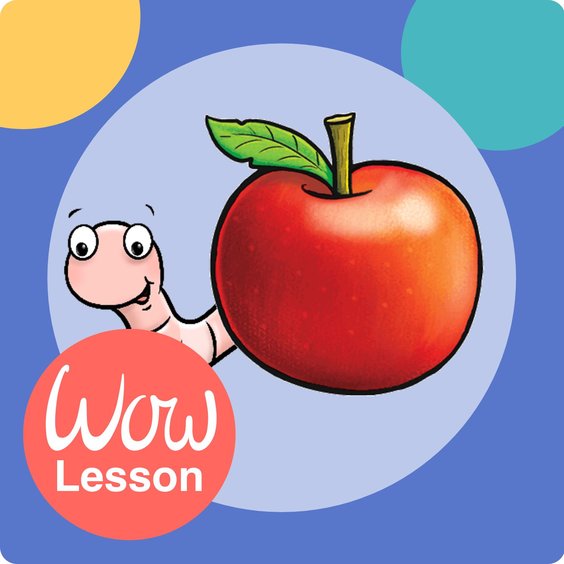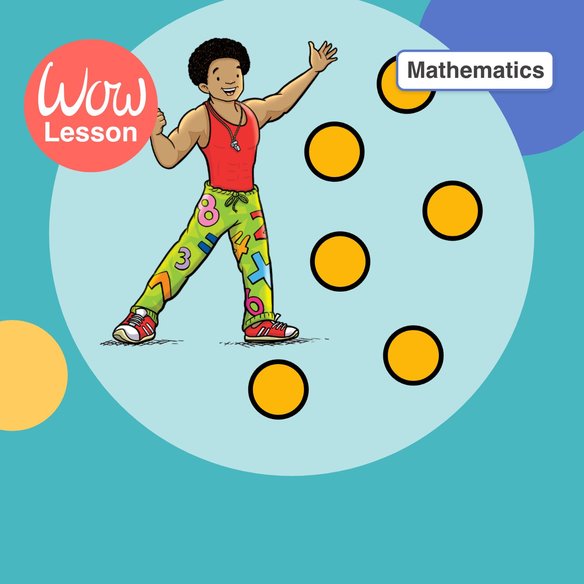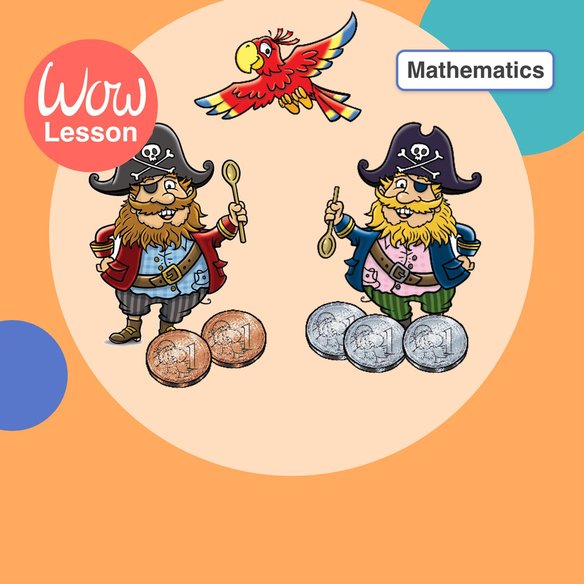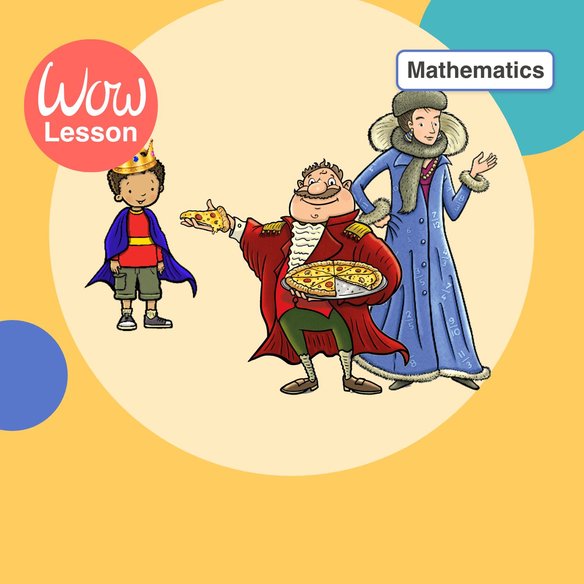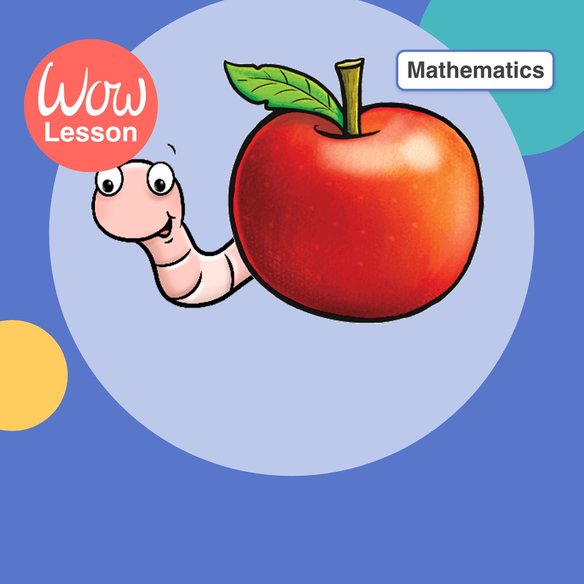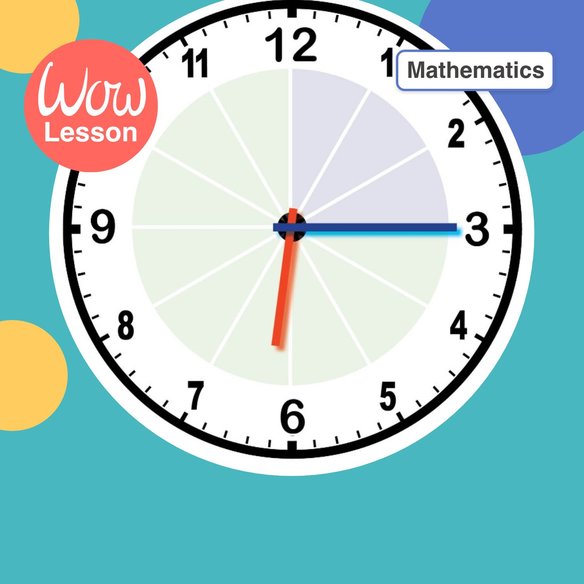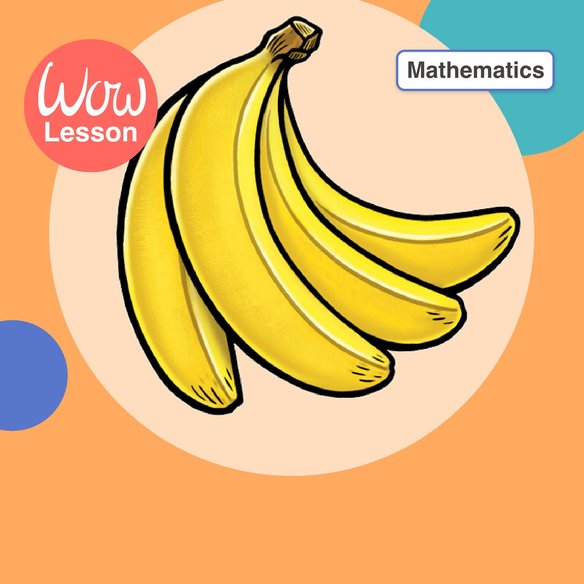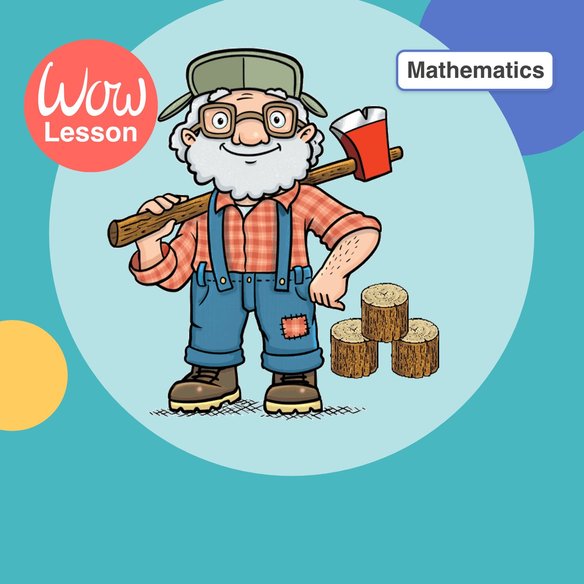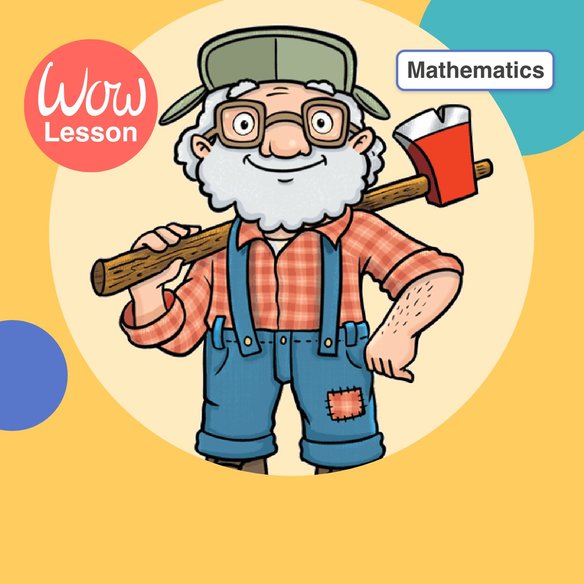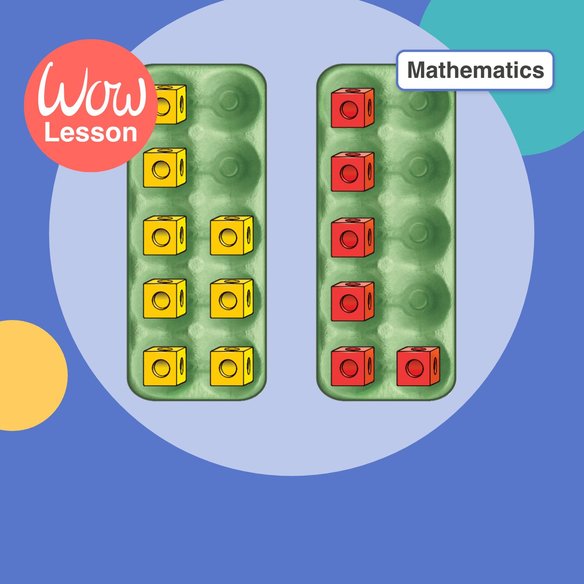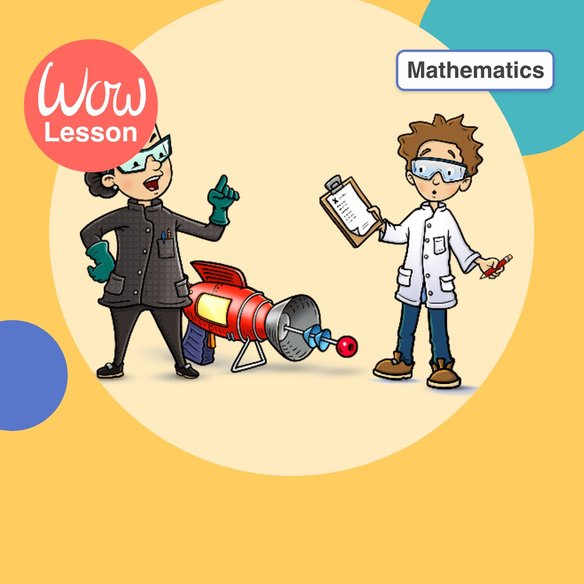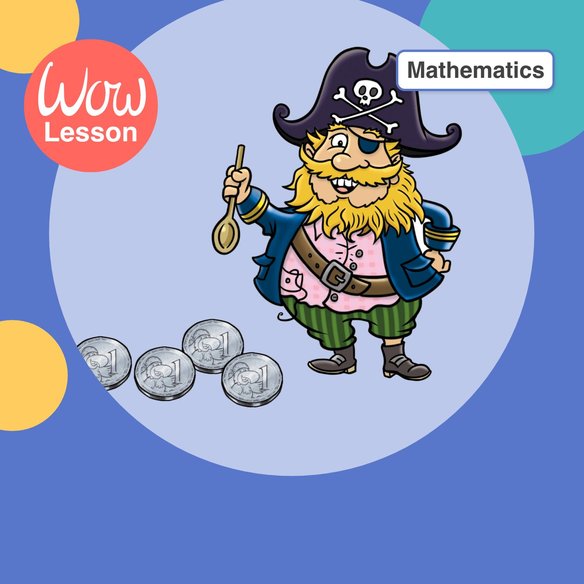Dave Godfrey Maths Author
Introducing Dave Godfrey - the expert teacher, trainer, and consultant you need to take your mathematics teaching to the next level! With over 30 years of experience in primary education, Dave has taught across all primary age-ranges, including Years 6 and 2 during the pandemic. He's also a bestselling author, songwriter, and presenter, bringing a wealth of expertise and creativity to your classroom.
Dave is the creator of the Number Fun resources - over 500 innovative mathematics videos covering the entire primary mathematics curriculum. His approach is all about clarity, creativity, enjoyment, and deep understanding, utilizing visualization, animation, concrete resources, story, song, and humour to make learning fun and engaging for students.
So, if you're looking to equip your teachers with the tools they need to deliver exceptional mathematics education, look no further than Dave Godfrey. With his extensive experience and unique approach, he'll help you transform your teaching and your students' learning outcomes. Plus, with Dave's passion for sports, he'll inspire your students to be active and healthy too.

Dave Godfrey's WOW Maths Lessons
Dave Godfrey's WOW lessons focus on difficult to teach objectives of the maths National Curriculum for KS1 and KS2.
Registration to EuHu is free, but you need a 'Primary Bundle' subscription to access all of the WOW lessons.
Register & try Dave's free sample above or visit our subscription page for more information.
This lesson equips children to find out how many objects are in a set without the need to count one-to-one correspondence. Children learn a simple set of arrangements they can recognise and utilise.
Many children, even in Key Stage 2, rely on one-to-one correspondence to work out how many objects there are in a set. We encourage the children to subitise (see how many there are in a random arrangement) and to recognise (see how many there are in a formal arrangement). This lesson focuses on learning a set of simple arrangements children can use to work out how many objects they have in a set.
Year 1 - Manipulate the Calculation: What Would the Parrot Do?
This lesson helps children move away from their default strategy for finding a total of two numbers (e.g. Counting On, Count All) by engaging the powerful tools of concrete resources, pictorial representations, animation, story and story characters to introduce a Mastery alternative.
Children sometimes find it very difficult to engage with alternative strategies for finding a total. Many become stuck with a ‘Count All’ or a ‘Count On’ strategy. The use of a character who has mastered an alternative strategy, enables the children to think beyond their default strategy and mimic the efficient strategy of the character.
This lesson helps children understand and explore simple fractions through the use of story and Cuisenaire/Number Rods. The lesson flows with the help of a consistent story narrative and includes a problem-solving investigation alongside plenty of opportunities for reasoning.
One of the most powerful ways of engaging children in learning is by using story and context. This is supported by concrete resources and pictorial representations.
This lesson uses all these tools to help children develop their understanding of fractions and fractions of a quantity.
This lesson helps children understand that there are at least 3 different story structures behind the subtraction operation. These structures underpin both word problems and the strategies we use for solving a subtraction calculation. This lesson can be used to introduce a sequence of learning in subtraction or to consolidate prior learning.
Children are often introduced to the subtraction symbol as meaning ‘take away’. They read 11 – 9 = 2 as ‘Eleven take away nine equals two.’ One teacher recently said to me, ‘The trouble with take-away is that take-away doesn’t always mean take-away!’
This lesson makes it explicitly clear that there are three different story structures within subtraction: Reduction, Partitioning and Comparison. It also highlights the importance of using the correct technical language for subtraction.
Year 3 - Working with Analogue and Digital Clocks: Party Time!
Join Maths expert, Dave Godfrey, as he shares a lesson that helps children develop a deep understanding of working with both analogue and digital clocks, alongside the concepts of minutes to and past the hour, all in a story context.
'All through my teaching career, I’ve been told that we need to teach time ‘all the time’! Telling the time is one of the most useful mathematical skills children pick up. Although some children are likely to have been taught at home to tell the time, this is not the case for all children and cannot be assumed. This lesson will help you develop their understanding and assess where your children are on their journey in telling the time.'
Join Maths expert, Dave Godfrey, as he shares a lesson that helps children develop a deep understanding of the 4 times-table in a story context and includes a host of activities that will help children begin to learn the facts off by heart.
'There are several keys to learning and remembering times tables that I explore in the short teacher video that accompanies this lesson. If children are going to remember 4 x 6 = 24, they need to understand what it means, be able to put it into a story context and spot any patterns (e.g. 4 x 6 is double 4 x 3 etc.) In this lesson, I’ve tried to keep a coherent lesson modelling several activities that I’ve used to help children master a particular times-table.'
Year 4 - Short Division with Understanding: The adventures of Papa Titioning!
Join Maths expert, Dave Godfrey, as he shares a lesson that helps children develop a deep understanding of the mathematics of short division in a story context.
This lesson helps children develop a conceptual understanding of the Short Division procedure. It utilises the CPA (concrete, pictorial and abstract) approach, and the tools of story, visualisation, animation, technical vocabulary and song to help develop an understanding.
This lesson addresses Year 4 Non-Statutory Guidance: 'pupils practise to become fluent in the formal written method of short multiplication and short division with exact answers.'
Join Maths expert, Dave Godfrey, as he shares a lesson that helps children develop a deep understanding of the mathematics of negative numbers in a story context.
Children readily understand mathematical concepts when put into an everyday context or a story. In this lesson, children explore positive and negative numbers in the context of a building with floors above and below ground.
Year 5 - Place Value: Papa Titioning's Log Classification System
This lesson helps children explore place value from thousandths through to millions in a story context. The use of the story helps them understand how our Base 10 system works and the concept of Powers of 10.
Children in Upper Key Stage 2 are expected to work with numbers from thousandths through to millions. The only concrete resource that spans these place values are place value counters. The use of Papa Titioning’s Log Classification System enables children to explore conceptual understanding in a story context that includes pictorial recognition of the cardinality of large numbers.
This lesson helps children explore the links between simple fractions, decimals and percentages using two powerful concrete resources: Tens Frames and Abacuses.
One of the big challenges in the teaching of fractions is providing children with consistent and powerful concrete resources which can then become pictorial representations for the abstract numbers children work with. This lesson is designed to provide children with concrete experiences to underpin their understanding of fractions, decimals and percentages.
Year 6 - Multiplying and Dividing Fractions: Spotting an Equivalence
This lesson aims to help children understand the structures behind multiplication and division and how they apply to fractions. Children explore pictorial representations of the multiplication and division of fractions.
They begin to see the equivalence that dividing by 2/3 is equivalent to multiplying by 3/2. The key to teaching fractions is the use of the CPA approach. Children are often introduced to the KFC (Keep Flip Change) method for dividing by a fraction, but with no understanding. This lesson aims to equip them with the foundations for reasoning why KFC works.
This lesson can be used as two lessons, or adapted into a single lesson, whichever suits the needs of your children.
Year 6 - Mental Addition and Subtraction: Manipulate the Calculation
Join Maths expert, Dave Godfrey, as he shares a lesson that aims to equip children with an efficient mental method for addition and subtraction. This lesson encourages children to play with a calculation. Children are equipped with a story, story characters and a catchphrase to help them remember and use this strategy.
'Many Year 6 teachers become very frustrated when their children use formal strategies for calculations that could easily be solved using mental methods. This lesson aims to model how to teach mental strategies with the hooks that will enable children to remember and use these strategies when the opportunities arise.'
